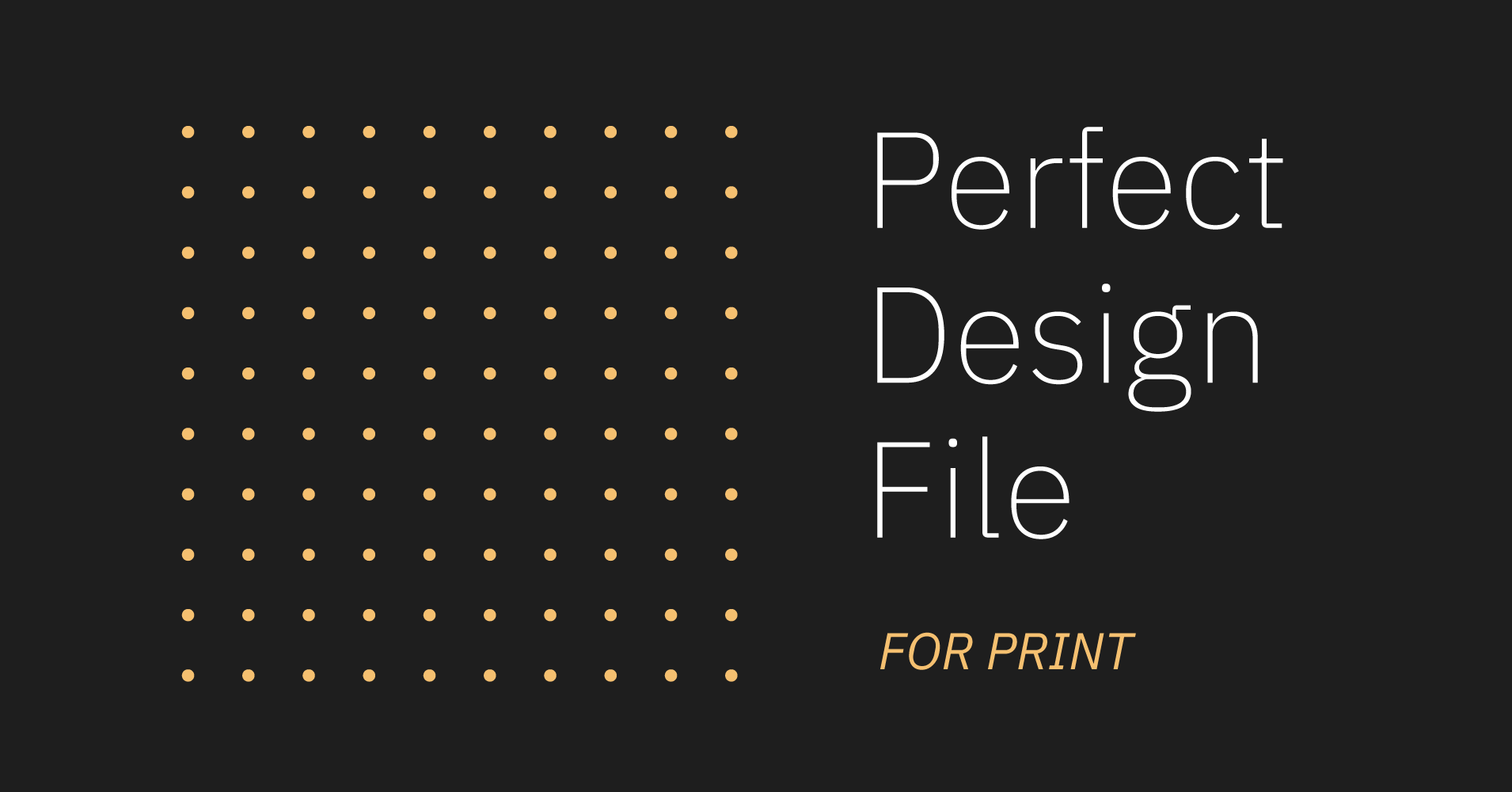From product to print to shipping, guaranteeing uncompromising quality at every step of your ecommerce operation is key to elevating your brand and business. At Dreamship, we’ve got you covered on nearly all fronts—products that we’re not afraid to stand behind, printing processes that are constantly checked and refined, and shipping fast enough to keep up with today’s consumers—but there’s a critical component outside of our control: your design file.
Even with Dreamship’s quality assurance at every step, your print file still has the potential to make or break the final product. Let’s make sure it makes the final product every time!
Here are our best practices for preparing the perfect design file for print.
1. Capture and edit your work in the highest resolution
If you’re starting from scratch, ensure the canvas you’re working with is a minimum of 150 dpi. If you’re starting with traditionally made artwork and then digitizing by scanning or photography, keeping your artwork in the highest DPI is essential. If you can exceed our print file minimums, it increases the color information given to our printers. This guarantees you have a much happier customer with the highest quality print.
2. Edit your work
Double-checking your work may seem trivial but it can have a big impact on your final product. Seemingly small mistakes on your screen will appear much larger once they’re printed. Remember, your products reflect your brand. Clean lines and crisp images print and sell better.
3. Never scale art files up
Never digitally increase the pixel size of your art unless you want a blurry design and unhappy customers. Computers can’t magically scale and sharpen large images from small ones which means the final design will be blurry, pixelated, and disappointing. Give customers the product they want by uploading the highest res file possible.
4. Design with a specific product in mind
Don’t take the lazy route and simply add the same design to every product. If you’d like to reuse a design, customize it to the product and give shoppers a more compelling reason to buy. If a design looks good on canvas, it’s not guaranteed to look good on a mug. Examine your angles and focus points for the best final product every time!
5. Keep it simple
We see the world in full color and it’s beautiful, but a single product doesn’t have the surface area to accommodate the full color spectrum—at least not in a way that’s visually pleasing. We know there are exceptions (e.g. Lisa Frank products) but the majority of designs should follow the KISS rule: keep it simple stupid.
6. Ditch the glitter and gold
Love it or hate it, glitter gets attention. Unfortunately, glitter and metallic prints also require a special application of inks. Without it, your prints just come out lackluster. Nobody likes lackluster.
There are endless design ideas to consider for your customers, and the details matter. If you follow these tips for your design files, we can guarantee the final product will look phenomenal!
